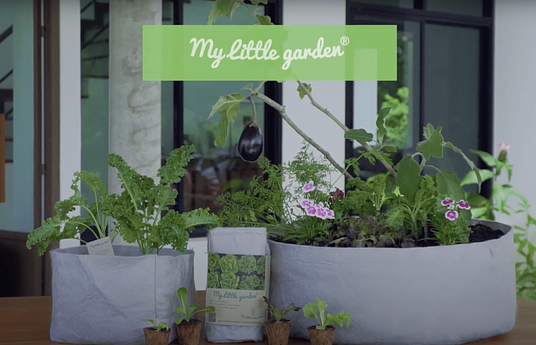In 2018, teaching STEM as part of core curriculum is table stakes. What comes next?
Our work in education is to shape human beings who go on to shape society. We care about structural innovation – innovation that leads to greater capacity for emotional and cognitive understanding of ourselves, how we construct society, and leads to more equitable distribution of and access to resources.
It’s clear that by now, all schools should be incorporating STEM and coding education as a fundamental part of their curriculum. By now, these subjects are just mere table stakes.
We should be talking about what’s next. Beyond learning the basic tools of programming, scientific hypothesis, probability and statistics, engineering, etc. children should be learning how to synthesize STEM, SEL, and humanities holistically.
Not only should students be able to engineer and make, they should also be able to understand the human and societal context in which these tools and systems interoperate.
We teach STEM as part of a foundational whole, that underpins all learning and making, rather than as silo’ed subjects. For example, when we teach robotics, we integrate the overall context of computational data, computer science, design, human rights, ethics, civics, algorithm design – into a cohesive whole. When we teach about the extraordinary capabilities



